Käthe Kollwitz
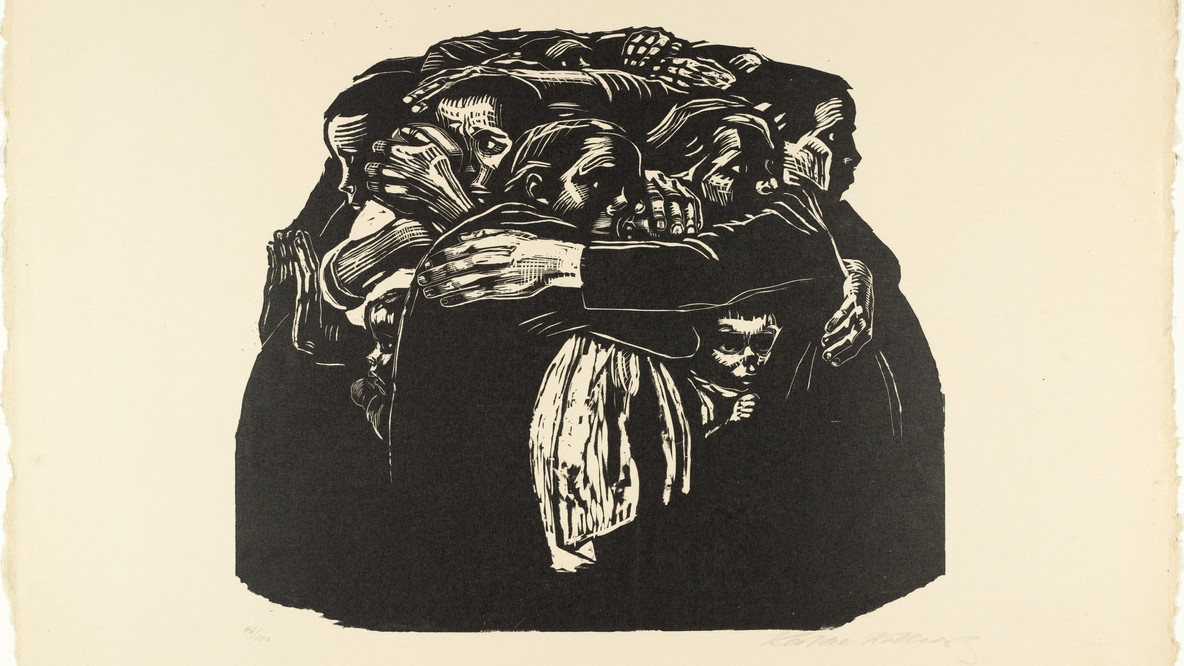
Käthe Kollwitz, born in 1867 in East Prussia, became one of Germany’s most powerful and unflinching visual artists. She was an etcher, printmaker, and sculptor who gave voice to those history tried to silence. Rooted in socialist ideals and firsthand experience with poverty, Kollwitz chronicled the lives of the working class with stark honesty, capturing the quiet anguish and enduring strength of mothers, laborers, and children. Her art didn’t celebrate glory, it mourned the cost of survival.
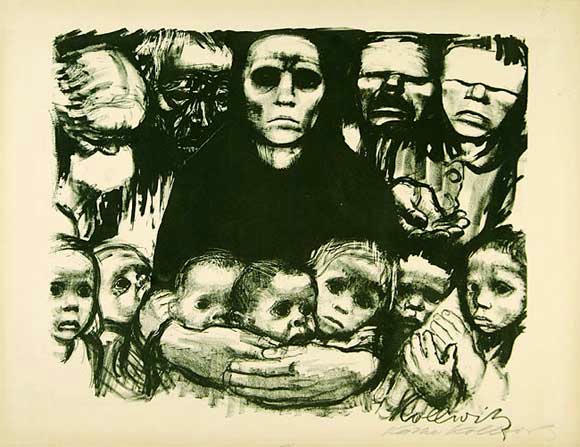
Kollwitz’s early breakthrough came with 'The Weavers' (1893–1897), a print series documenting a workers' revolt against industrial exploitation. Influenced by naturalist writers like Gerhart Hauptmann and Ibsen, her work focused on women’s roles within systems of resistance. Using dense blacks, scraped textures, and bare compositions, she brought the raw emotional and political weight of poverty, loss, and uprising to the foreground of German art.
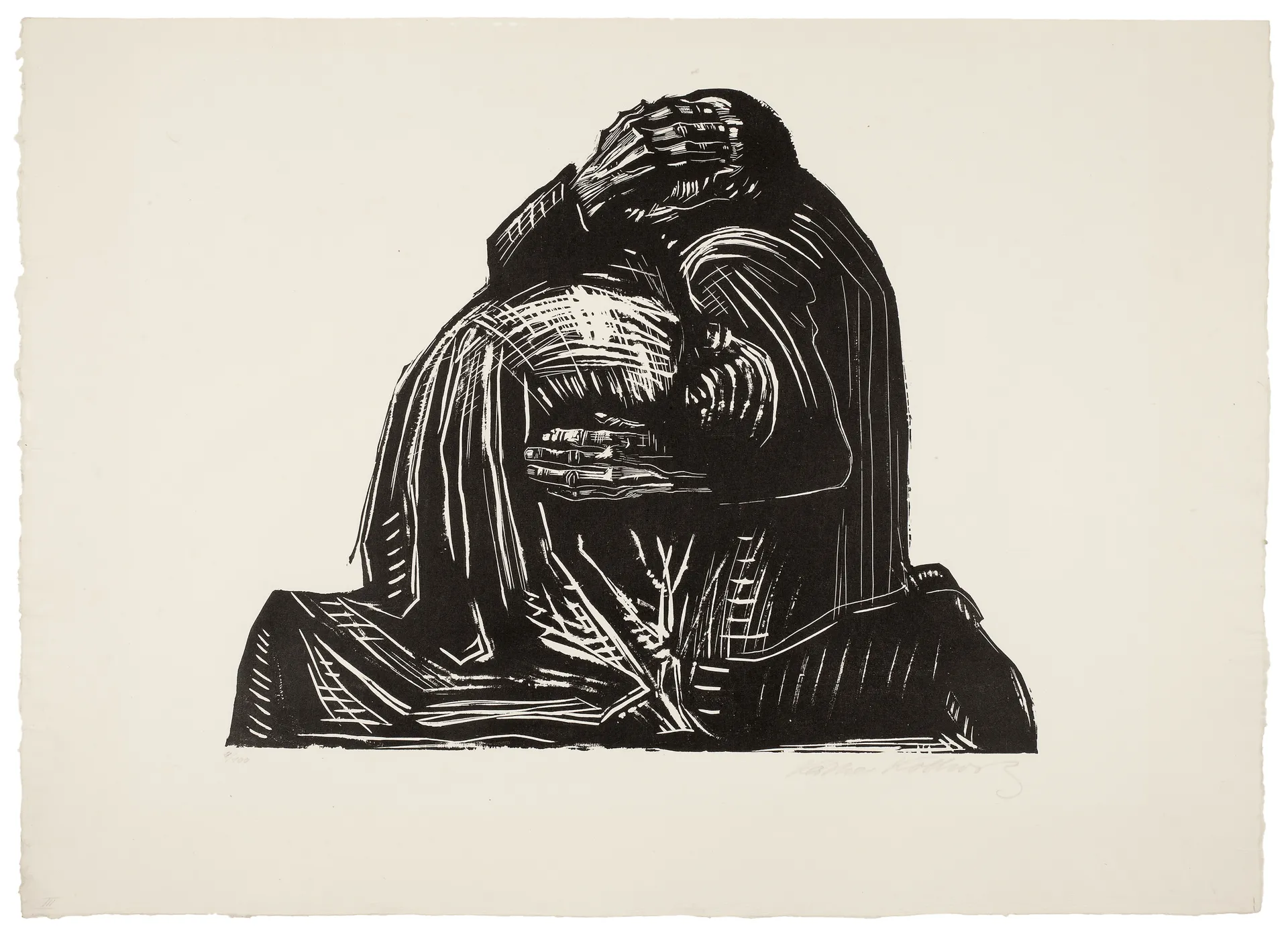
Her personal tragedy deepened her political vision. After her son Peter was killed in World War I, Kollwitz channeled her grief into public mourning and anti-war resistance. She created works like 'The Grieving Parents' (1932) and 'Never Again War!' (1924), transforming maternal grief into a universal protest. She was the first woman elected to the Prussian Academy of Arts — until the Nazis expelled her, labeling her work ‘degenerate’ for its pacifism and socialist ideals.
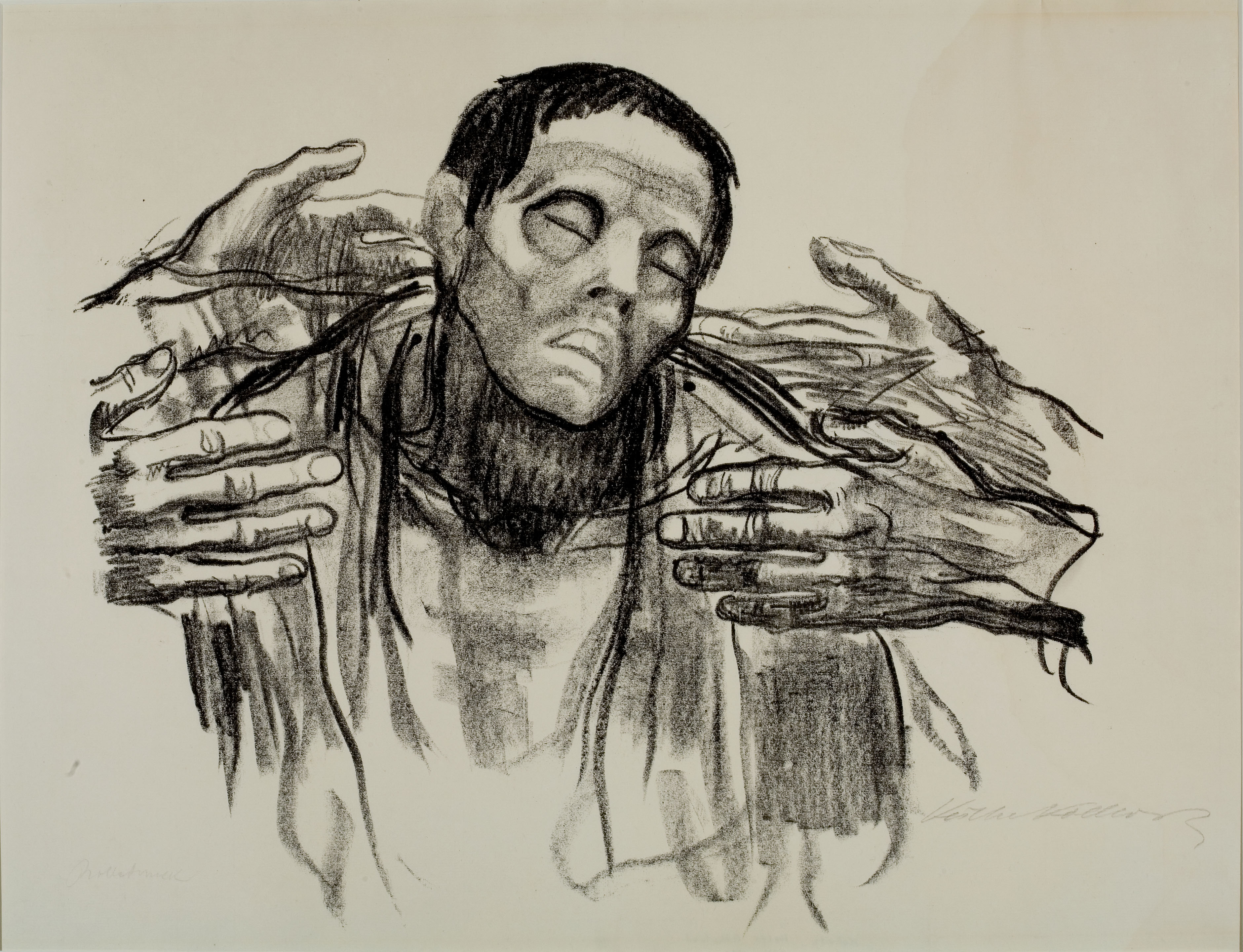
Even under censorship and surveillance, Kollwitz never stopped drawing. Her final years were marked by quiet defiance as she continued sketching from her Berlin home during World War II. She died just two weeks before Germany’s surrender in 1945, but her legacy endures. Through charcoal, lithograph, and bronze, Kollwitz taught us that art can be mourning, memory, and a refusal to forget. She didn’t glorify war, she humanized its cost.
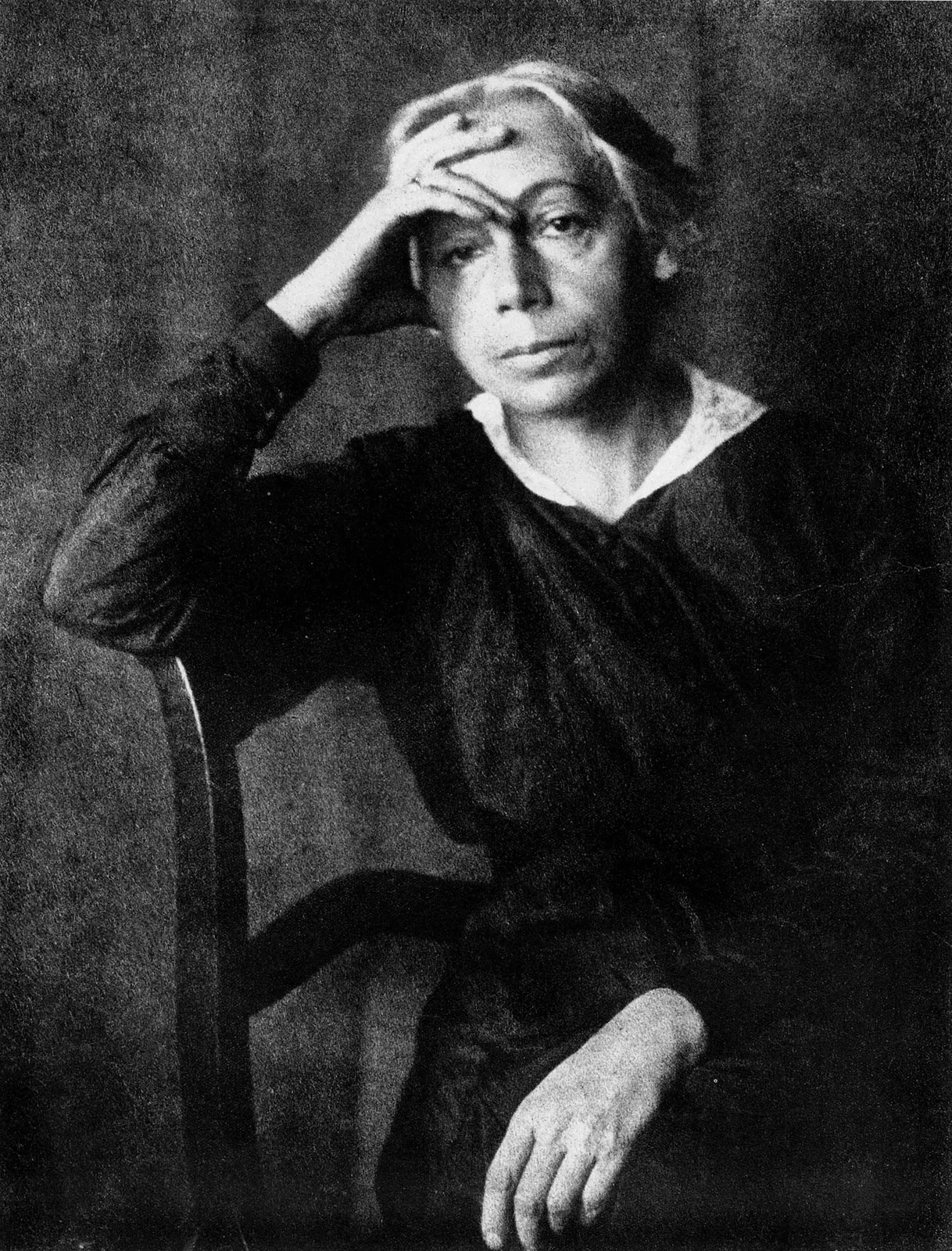
?
How did Käthe Kollwitz’s personal losses influence her art?
Why did she choose printmaking over painting as her main medium?
What messages about war and motherhood are present in Kollwitz’s work?
In what ways does Kollwitz’s art challenge traditional representations of women?
How did the Nazis and Communists each respond to Kollwitz's work, and why?
Why is Kollwitz considered a foundational figure in political art?
What role did her upbringing play in shaping her social and artistic values?
How does her work compare with other anti-war artists like Francisco Goya or Otto Dix?
Dig Deeper
A thoughtful documentary exploring Kollwitz’s life, art, and activism, with a focus on her grief-fueled print series and her influence on protest art.
Discover more

Otto Dix
Otto Dix painted the madness others refused to see. His work doesn’t glorify war—it tears it open. With surgical detail and moral rage, he created images that continue to haunt, disturb, and confront. Dix reminds us that the artist’s duty is not just to make beauty, but to tell the truth—even when the truth is hideous.

Faith Ringgold
Faith Ringgold didn’t just make art—she quilted justice, memory, and revolution into every thread. Her work teaches us that stories passed down become power passed forward, and that when we tell the truth in color, in fabric, in fearless honesty, we don’t just preserve history, we transform it. The future is stitched by those brave enough to remember and reimagine.

Emory Douglas
Douglas reminds us that art can be both a mirror and a megaphone. His art turned paper into protest and ink into uprising, proving that a powerful image can mobilize a movement, uplift a people, and expose the systems built to silence them.
Further Reading
Stay curious!
